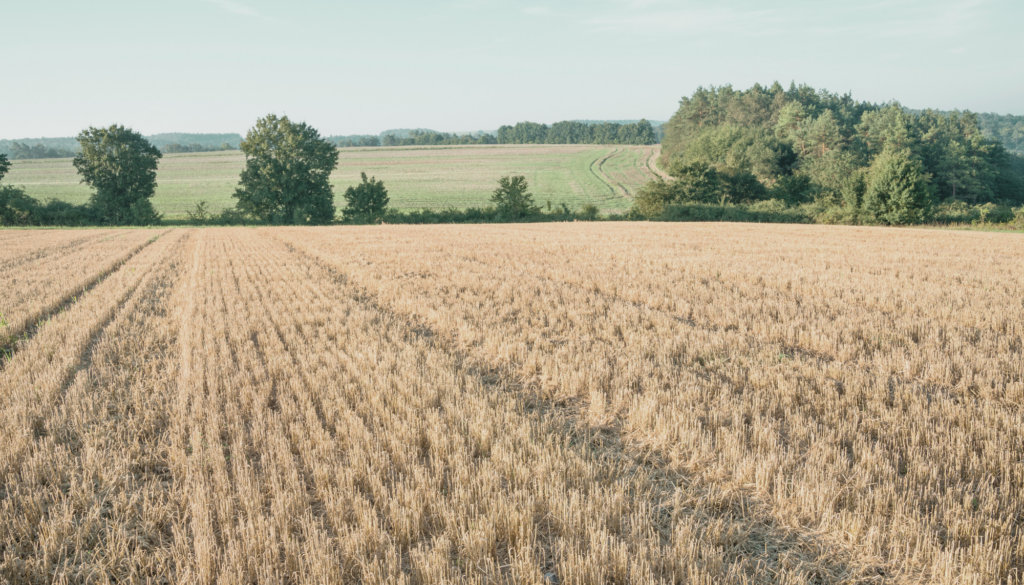Post-Harvest Review – How Much Taller Could That Stubble Be?
By Mitchell Japp, MSc, PAg
Traveling through west-central and south-west Saskatchewan this summer and fall, I observed many drought-stressed crops. Generally, the crops were stunted and thin, but there were pockets in most fields where the crop was taller. Those spots generally corresponded with where the snow had laid. I thought about what could have gone better in those fields and what would else could be observed after harvest. This will be a good opportunity to get back in the field and formulate plans for next year.
Whether durum, barley, or any other crop when moisture is limiting, it’s remarkable how much of a difference snowmelt makes. The unevenness in this field is largely driven by where the snow was deeper. Snow and moisture can be better captured and retained with tall stubble.
Tall stubble might seem like a dream for those who have been enduring drought conditions for the past several years. I think there is room for improvement in combine header settings to preserve taller stubble. Now that harvest is complete (or mostly complete), take the time to return to the field. Look for strips the header missed. Measure the height difference between the cut stubble and the bottom of the heads. My observation in the fields I’ve visited over the past few years is that the stubble could be higher.
Taller stubble reduces the material passing through the combine, but the real benefits lie in snow capture and moisture retention. Tall stubble improves the microclimate, especially in spring, by reducing wind speed, soil temperature and solar radiation while increasing reflected solar radiation. The combination of these factors leads to reduced potential evapotranspiration.
While tall stubble is typically the approach recommended for the Brown and Dark Brown soil zones, research in southwestern Manitoba revealed that although impacts on yield were minimal there were qualitative improvements in environmental conditions, such as increased surface and sub-surface soil moisture and reduced wind speed. However, yield increases have occurred in the Brown soil zone when stubble height increased from 6 to 18 inches (15 to 45 cm), resulting in higher crop yields and improved water use efficiency.
I spoke with Phillip Harder, a hydrologist, on the BarleyBin podcast during the 2021 drought. We discussed his research, which demonstrated the benefits not only of snow capture but also snow retention throughout the winter and into spring. Phillip is active on X (Twitter), where he has shared several threads delving into his research, including a recent thread showing the water dynamics at the Livestock and Forage Centre of Excellence and the benefits of good snow retention in 2023. Discovering ways to leave stubble taller leads to more moisture availability and efficient utilization of moisture.

While you’re in the field, have a look at straw and chaff distribution. As combines and combine headers get bigger, the back end of the combine needs to keep pace. Adequate straw chopping and distribution is a critical building block of a zero-till system. The original equipment manufacturer straw choppers and distribution systems may be poorly set and have been shown to be inferior to aftermarket alternatives. Upgrading this system can save a harrowing or tillage operation, which will keep standing stubble intact for improved snow capture and improve conditions for seeding. Harrowing may create similar conditions to those observed when stubble lodges. Lodged stubble was observed to result in slower soil warming in spring (and drying), as well as reduced yield.
The perspective from the combine cab is different than it will be going back after harvest. In the combine cab, the primary focus is on efficiently harvesting grain, often under the constant pressure of impending weather changes. After harvest, take the time to revisit and assess what could be improved. Then develop a plan to implement those changes next season.





